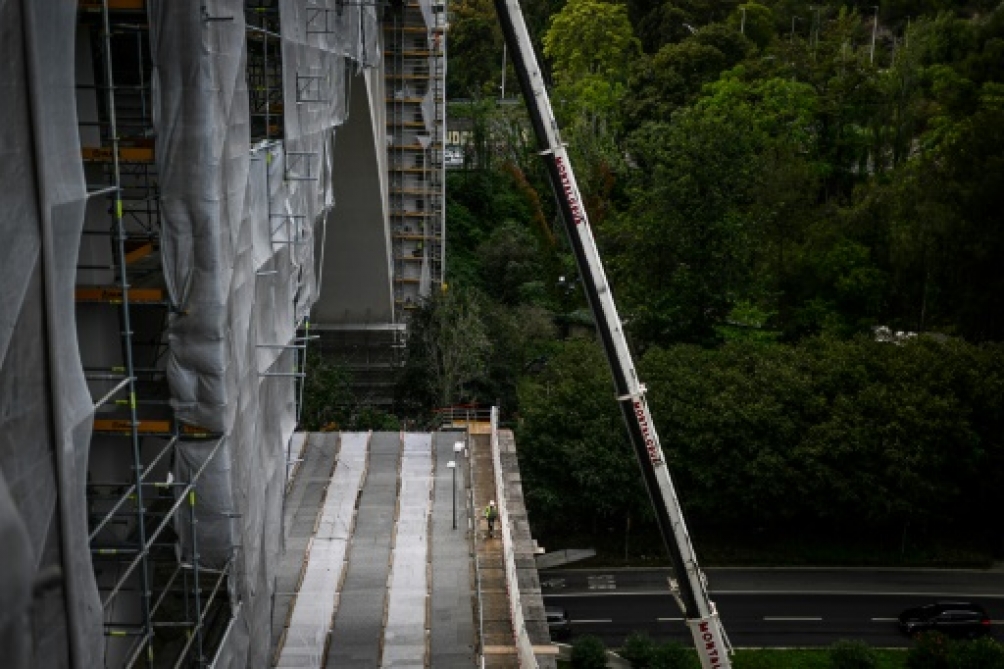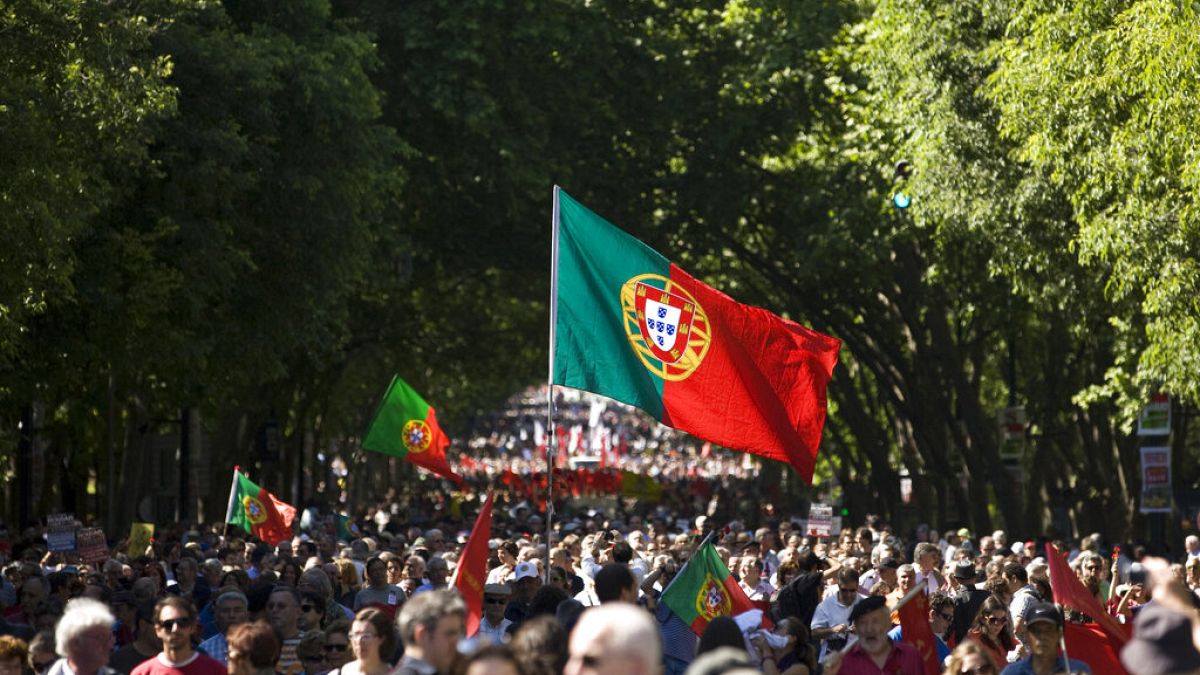
The recent earthquake that struck Morocco has raised fears of a major earthquake in the Iberian Peninsula, a region at risk in order to avoid a disaster on the scale of the one that struck Lisbon in 1755.
For several months, dozens of workers have been working day and night on a huge scaffold covering the columns and the lower part of the central deck of a bridge located on one of the main access roads to the Portuguese capital.
Besides its renovation, the aim of this intervention, which should be completed in February 2024, is to “reinforce the anti-seismic structure” of the bridge that spans the Alcantara Valley and its railway line, Helder Lourenço, project manager, explained to AFP. Director of the road and railway network Infraestruturas de Portugal.
This reinforced concrete bridge, built in the 1940s, is used daily by approximately 134,000 vehicles.
But it was not until 1983 that Portugal adopted more demanding anti-seismic building standards. Since then, the country has adopted Eurocode 8, more stringent European standards, updated with newer scientific knowledge.
In the event of a strong earthquake, “buildings built before 1983 will not be ready, and this may represent half of the buildings in the south of the country,” the region most vulnerable to earthquakes, warns engineer Jose Paulo Costa, who specializes in combating earthquakes. Seismic construction.
– Immersive Museum –
This expert adds that this includes basic constructions such as hospitals, fire stations or bridges, suggesting that we begin strengthening these “vital” structures.
The great earthquake that occurred in 1755, which destroyed “three-quarters of Lisbon,” according to Voltaire’s account in his philosophical story “Candide,” is still strongly present in the minds of the Portuguese.
“We know an earthquake will probably happen again soon,” says Ana Martins, a 26-year-old manicurist, after a visit to the immersive Quake Museum, so “I came here to find out what to do.” Visitors are immersed in the dramatic moments of November 1, 1755.
This earthquake, followed by a tsunami, the violent tremors of which were felt as far away as northern Europe, had a global impact in the 18th century.
Then, engulfed by a tsunami and devastated by the fires that followed, Lisbon, then the capital of a great colonial empire, was no longer able to regain the status as the major economic center it had enjoyed at the time.
This earthquake, whose magnitude today is estimated at between 8.5 and 9 on the Richter scale, also struck Cadiz, southern Spain, and even Morocco.
– Tsunami alerts –
The disaster killed between 10,000 and 70,000 people in Lisbon, according to various estimates, and more than 2,000 people in Cádiz, Andalusia.
Fernando Carrillo, an earthquake specialist at the Department of Geophysics at the Portuguese Meteorological Institute, says this tragedy is “engraved in the collective memory” and “we know that a similar earthquake will definitely happen again.”
He remembers that it is impossible to predict an earthquake.
Due to its geographical location, on the border of the Eurasian and African plates, called the Azores and Gibraltar division, the Portuguese mainland, as well as southern Spain, is very exposed.
Since the 17th century, the south of the Iberian Peninsula has witnessed other earthquakes, such as the 1969 earthquake that caused many deaths in both countries.
In the face of this danger, Spain and Portugal are seeking to prepare.
Following an earthquake simulation exercise in Marbella, in southeastern Spain, the city of Chipiona, in Cádiz province, planned to hold a tsunami warning exercise on November 6 as part of an international event initiative organized by UNESCO in eight countries.
In June 2023, the Andalusia region also approved a tsunami control plan covering 800 kilometers of coastline and more than 500 beaches in 62 municipalities.
Portugal and its archipelagos of the Azores and Madeira also have tsunami warning stations.






